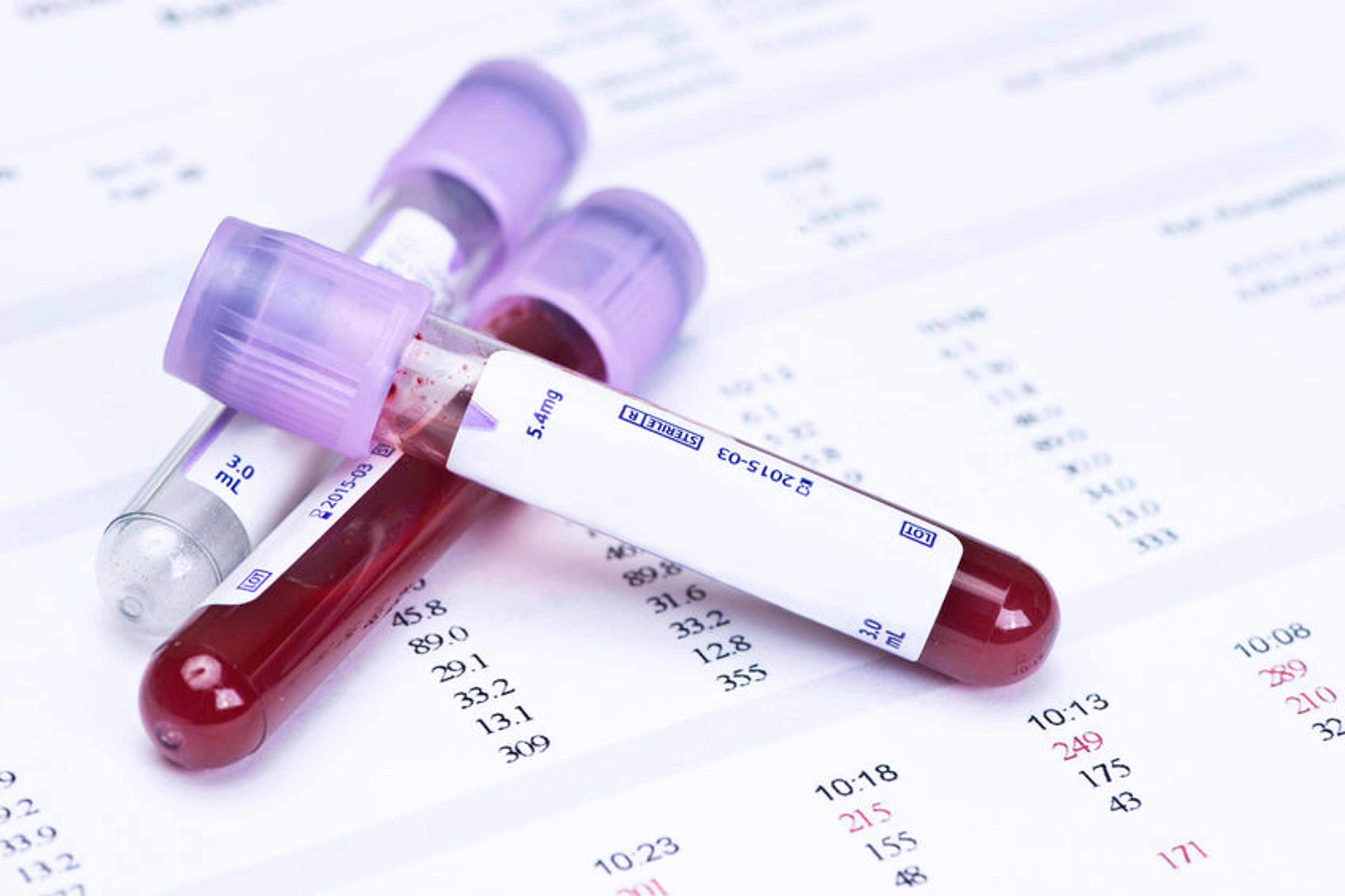How artificial intelligence is revolutionizing diagnostic practices in modern hematology labs
Pioneering the future of laboratory medicine with AI-driven diagnostics
22 Oct 2025
Artificial intelligence (AI) is rapidly reshaping the landscape of hematology laboratories, offering unprecedented improvements in diagnostic accuracy, workflow efficiency, and clinical insight. As of 2025, the integration of AI into haematology is no longer experimental, it’s becoming essential.
Diagnostic automation and precision
AI-powered platforms are revolutionizing traditional blood smear analysis. Tools like Scopio Labs’ CBM Analyzer now autonomously examine blood films, cutting review time and costs by over 50%. These systems excel at identifying red blood cell (RBC) abnormalities, platelet clumps, and other morphological features with high precision.
Siemens Healthineers and Beckman Coulter have both partnered with Scopio Labs to distribute full-field digital cell morphology platforms, enabling remote diagnostics and AI-based morphological analysis. This shift toward full-field imaging allows clinicians to review samples from anywhere, enhancing flexibility and access.
Clinical impact and operational gains
AI is helping labs tackle critical challenges:
- Staffing shortages: With vacancy rates averaging 18% in U.S. labs, AI tools are alleviating pressure by automating labor-intensive tasks.
- Workflow optimization: AI reduces bottlenecks in peripheral blood smear workflows, enabling faster and more reproducible diagnostics.
- Remote diagnostics: Full-field imaging supports remote review, expanding diagnostic reach.
Emerging frontiers in morphometry and predictive analytics
Morphometry (AI-driven quantification of morphological parameters) is emerging as a new frontier. It enables scalable analysis of cell features, potentially uncovering novel biomarkers for conditions like myelodysplastic syndrome (MDS) and CAR-T therapy.
AI is also being used to forecast disease progression and treatment response, particularly in chronic myeloid leukemia and MDS. These predictive models are enhancing clinical decision-making and personalizing patient care.
AI in hemostasis and digital transformation
AI’s role in hemostasis labs is expanding, with experts like Professor Michael Nagler leading discussions on how AI can optimize lab processes and predict medical events. Companies such as Beckman Coulter and ELITechGroup are integrating AI into automated slide staining and digital morphology workflows, further streamlining operations.
Challenges and ethical considerations
Despite its promise, AI adoption in haematology faces several hurdles:
- Regulatory approval: Many AI tools remain in “shadow use” without formal regulatory clearance.
- Bias and interpretability: Models may lack transparency or fail to generalize across diverse populations.
- Ethical oversight: Responsible implementation and clinician supervision are essential to ensure safe and equitable use.
This interview is published as part of the global CLINICAL24 conversation, highlighting challenges facing clinical laboratories and exploring the technology solutions to overcome them.
Related reading
- Expert interview: HORIBA reimagines early sepsis detection with AI
- Roundtable forum discussion: Experts discuss challenges and opportunities facing hematology laboratories today
- Leadership interview: Exclusive interview with Andy Hay Sysmex America on challenges in hematology
